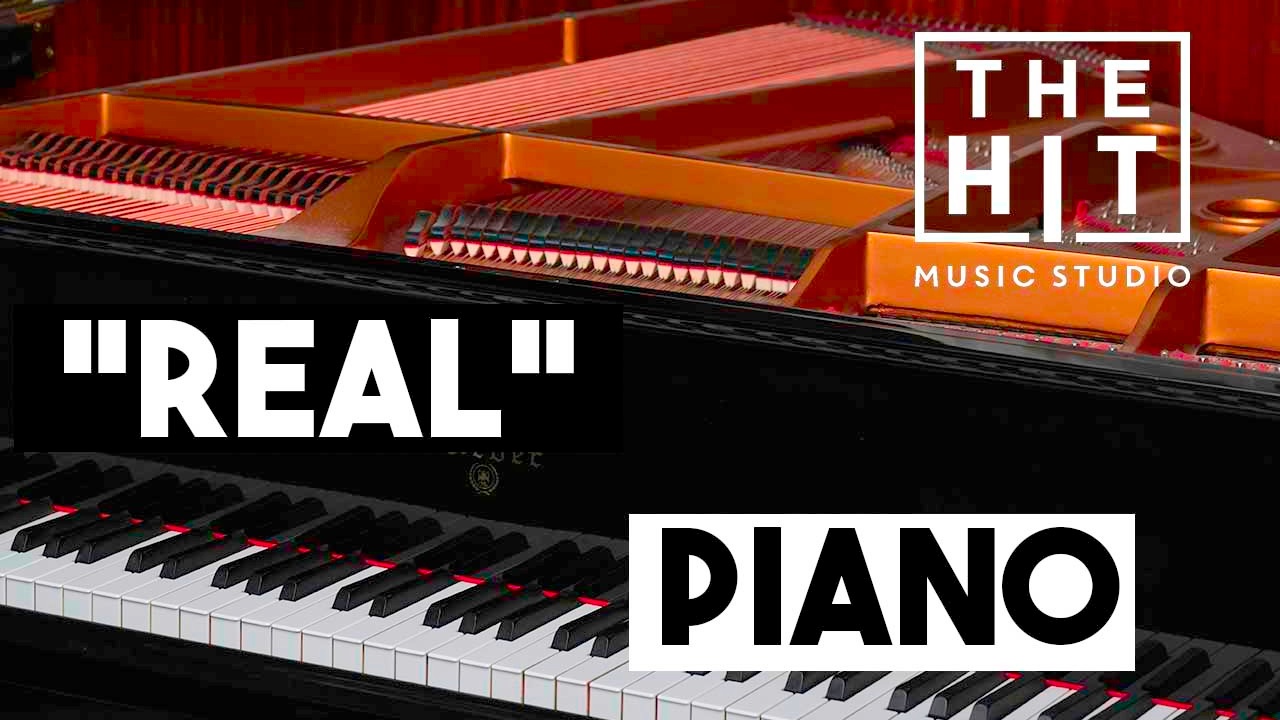Do you need a "real" piano to get started in lessons?

We often have customers ask us whether they should buy a “real” piano for their child who is about to begin lessons. We know that making the commitment to a big purchase like a piano can be quite intimidating. We’d like to help you answer that question!
What is a real piano?
The first aspect we’ll have to get straight is what a “real” piano is. When people think of a real piano, they’re probably thinking about those huge, beautiful instruments made mostly of wood that don’t require electricity to create music. These pianos, which are known as acoustic pianos, can easily cost thousands of dollars and take up a ton of space in your house. That thought alone can turn parents off to the idea of enrolling their children in lessons!
But there is good news in store: you don’t NEED to spend thousands to let your children experience the joy of learning to play piano. Even though they are wonderful and have many distinct features, the bottom line is that they are just not necessary for beginners.
Who needs a real piano?
While it might be tempting to look into these gorgeous acoustic pianos when making the purchase for yourself or your child, it isn’t necessary to spend that much money just to begin lessons! Acoustic pianos, while very beautiful, aren’t a necessity!
Electronic keyboards of many kinds are incredibly sufficient, especially for beginners. The most important feature to look for in a keyboard is touch sensitivity. This allows for a variety of volumes and dynamics through the levels of each key. Acoustic pianos have an infinite number of levels, determined by the pressure put on the keys and skill level of the player, whereas some keyboards have a limited number or maybe only play at one level!
Touch sensitivity allows performers to make adjustments while playing, responding directly to the dynamics of whoever they are making music with. Many electronic keyboards have touch sensitivity built in. There’s no need to jump straight to an acoustic piano for this feature.
There are many professionals who don’t even use acoustic pianos. Billy Joel, for instances, uses an electronic keyboard embedded into the shell of an acoustic piano. You can still get beautiful sound despite not having spent thousands on the instrument!
The takeaways!
Don’t get caught up in the idea of buying a “real” piano. There are so many more affordable options for new musicians. If you and your family are testing the waters for piano lessons, don’t shy away from keyboards in the $150 to $200 range. These are perfect for beginners so long as they have the touch sensitivity and at least 61 keys.
Additionally, parents may be interested in borrowing a keyboard from a friend or family member so their child can experiment without the financial burden of buying a keyboard! The most important idea is that the child has the opportunity to play and learn, no matter what.
